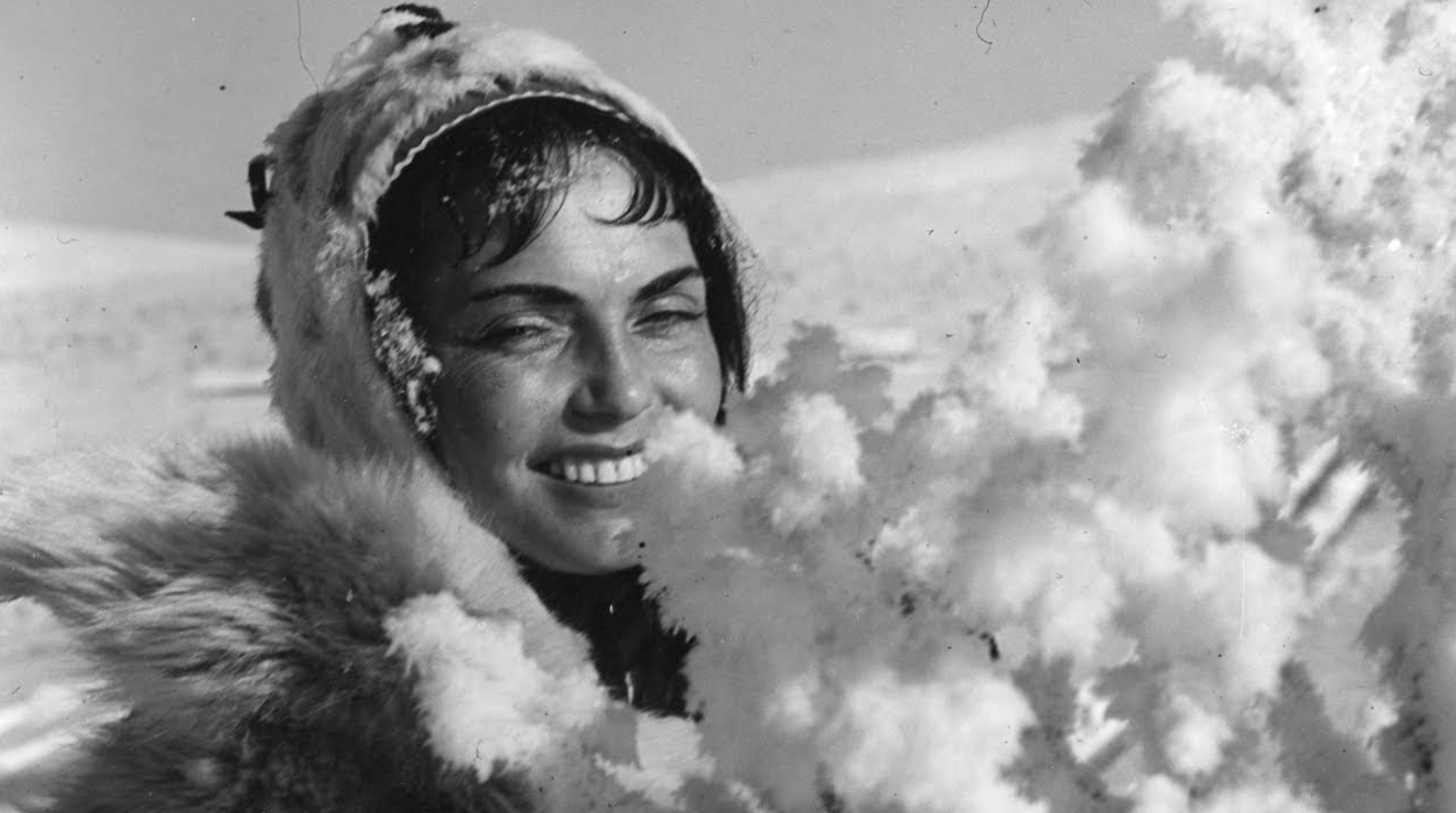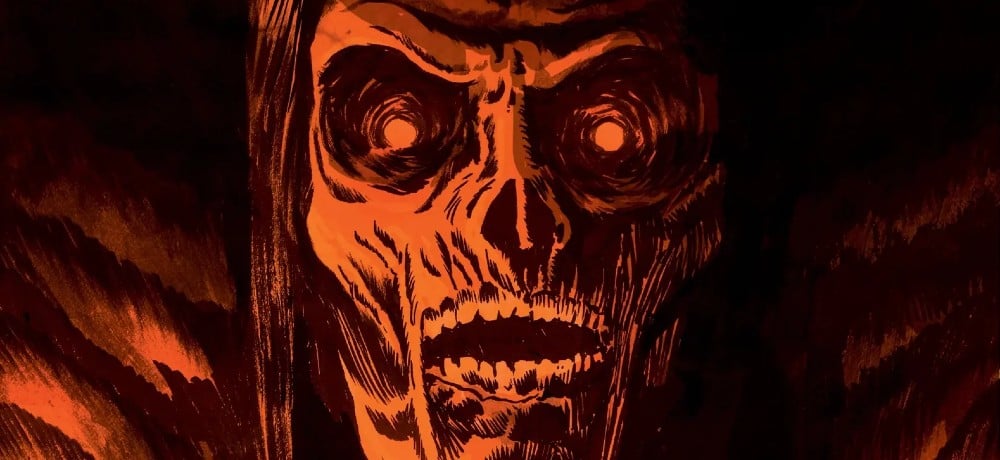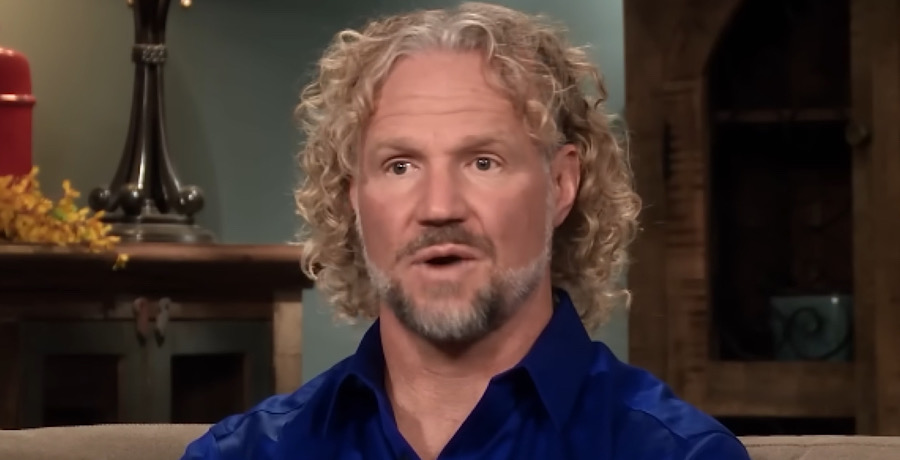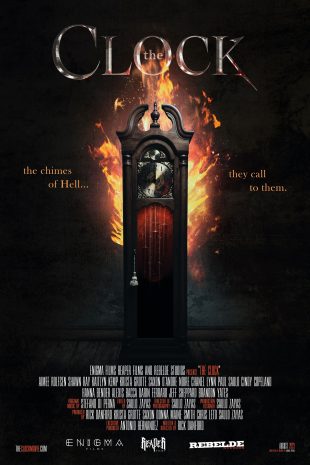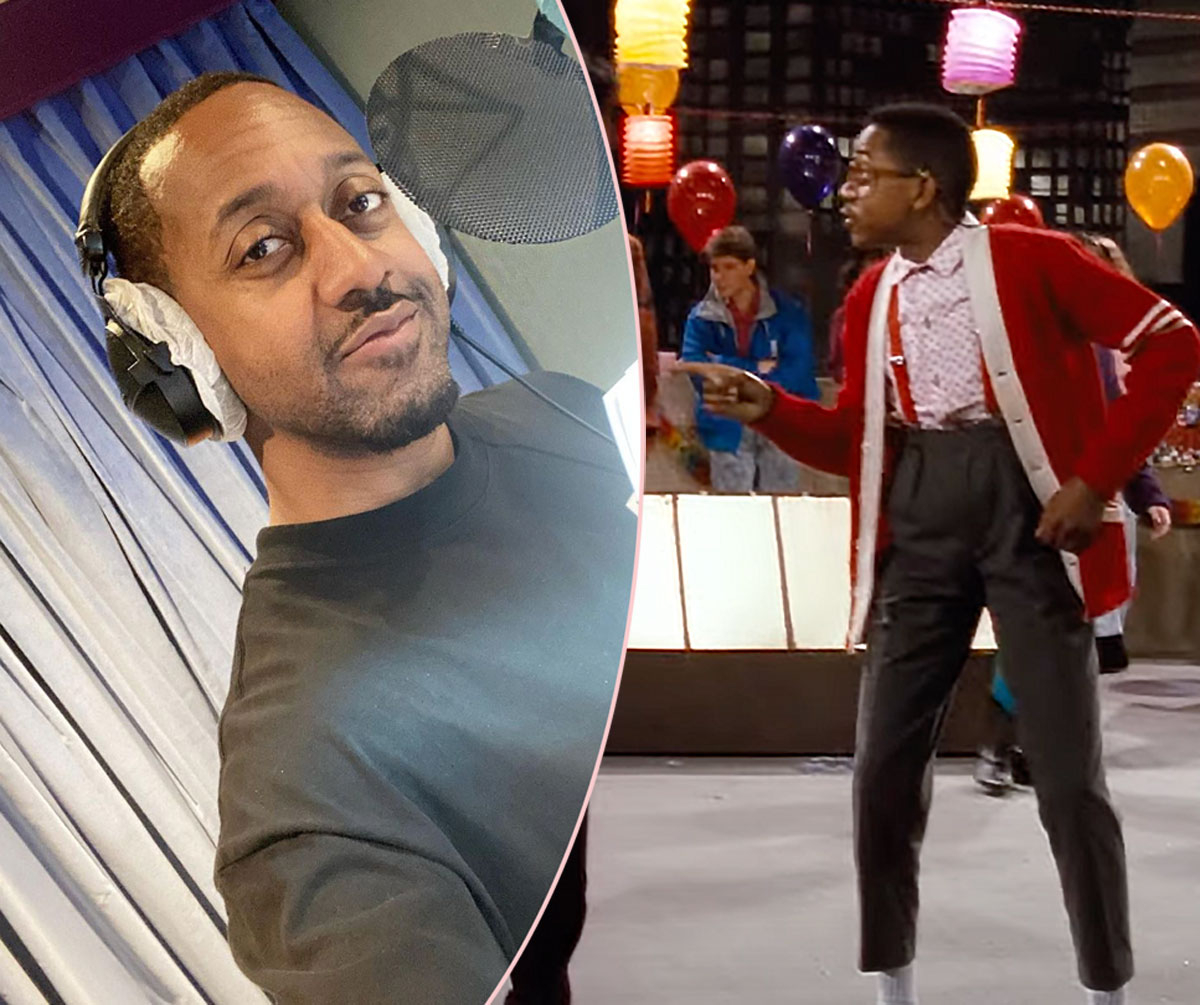While not considered a genuine folk horror, at least in the way we understand it today, The White Reindeer is thought of as one of the originals of the genre. Set in Finnish Lapland, this 1952 gem explores the spiritual practices of Finnish mythology as well as the lives of local villagers of the era. The film is co-written by director Erik Blomberg and his wife, Mirjami Kuosmanen, who also takes on the role of lead actress.
As for the story, it follows a beautiful young newlywed named Pirita who quickly finds herself trapped in a loveless marriage. Desperate to regain her distant husband’s affections, she seeks the help of the local shaman. He tells her that to win back her husband’s love, she must kill the very first creature she runs into. Soon, she encounters a white reindeer and sacrifices it, unwittingly transforming into the creature herself. Silently, yet rapidly, she becomes the subject of suspicion among the villagers and is hunted down by anyone who discovers her malicious secret. Soon, everybody is after the bewitched white reindeer, which in reality is Pirita.
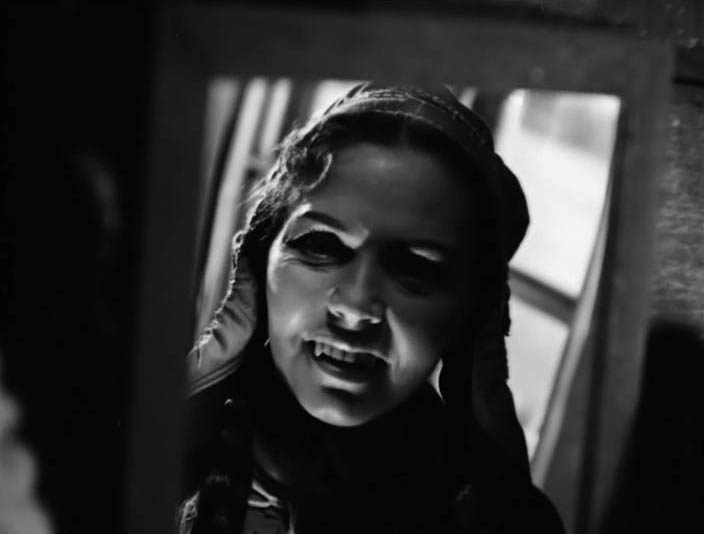
The White Reindeer’s captivating protagonist incarnates a woman who wants to break free from her ‘suffocating’ surroundings while simultaneously trying to rebuild her collapsed marriage and keep it from going up in flames. Her youthful spark and substantial need to be cherished lead her down dangerous paths that ultimately end in constant dead-ends where a hunter usually awaits. She is hunted down and flagellated by a society that isn’t affected by such matters, let alone openly. Moreover, while not the first horror film to illustrate witchcraft, The White Reindeer is one of the key ancestors of the Finnish horror genre. It is important for its contribution to the structure of ‘folk horror’ and for turning its theme into an allegory of marriage and the couple’s alienation, which are presented in a weird yet unique way in the horror universe.
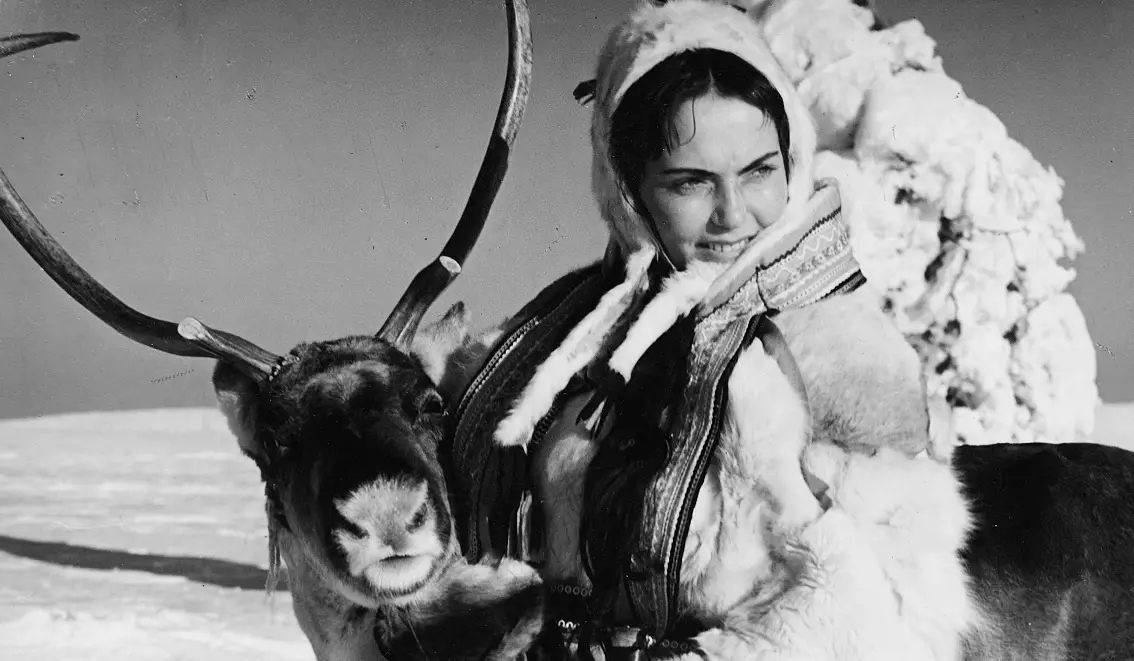
The movie is partially silent with breathtaking shots of the Finnish snowy scenery, written, directed, and cinematographed by Erik Blomberg. Spectacular wide shots and a hypnotic folk theme by a remarkable Finnish composer named Einar Englund, who created a story from the music itself. One of the most wonderful aspects of The White Reindeer’s aesthetic is that they it stands out today. Apart from being a valid example of the era’s perspective on ‘festival movies’, it is one of the few European genre movies that traveled from Cannes to the Golden Globes, impacting American cinema by using almost no dialogue at all. To this day, this notable folk horror gives us the chills, haunting us in the most beautiful way. Enthralled by the staggeringly stunning cinematography, one can also discern an early depiction of transformation from human to animal on the big screen. Both historically and aesthetically, it is and always will be a major part of horror cinema.
Follow us on social media: Twitter and Facebook
Post Views: 2

